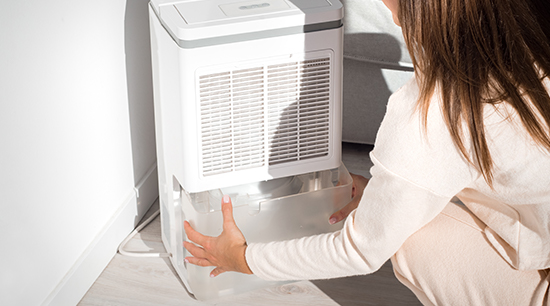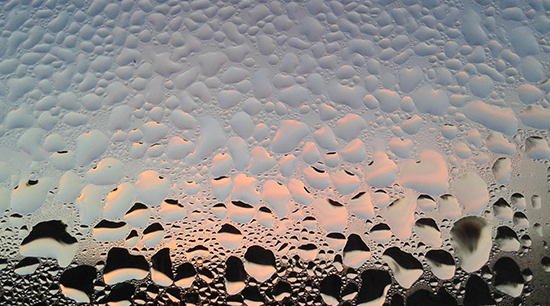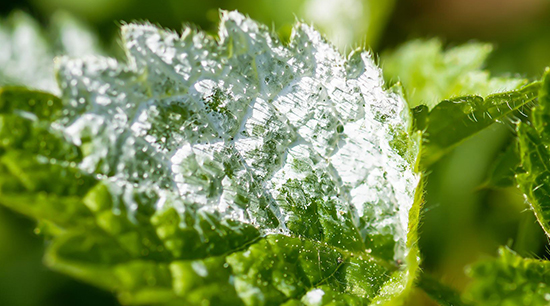Prevent excessive humidity from fueling mold and mildew problems. Knowing how a dehumidifier works and when to use one will help you regulate the humidity in your home.

alpharettawaterdamageremoval.com gathered the following information about how a dehumidifier works and answered some frequently asked questions.
How a Dehumidifier Works
A dehumidifier works by first pulling warm air currents into its coils using a fan. Then, that warm air contracts as it is fed through the unit’s refrigerated coils, and finally, the resulting condensation is deposited in a collection container or pumped out to a nearby drain.
What Does a Dehumidifier Do?
A dehumidifier eliminates the environment for allergy triggers like dust mites, molds, and mildews. Such contaminants thrive in highly humid conditions, especially in areas where there is a constantly high level of moisture, like the kitchen and bathroom (even in dry climates).
When To Use a Dehumidifier
A dehumidifier is a handy and effective piece of machinery. Consider the following situations that call for using one:
- Your home has high humidity levels
- Post-flood/drying out your home
- Maintaining your basement’s relative humidity
- Late spring to early fall weather
- You live in a region with high humidity
- You already have mold issues, or you want to prevent such problems
Tip: When the relative humidity (RH) goes below the 30% to 50% range, you should switch off your dehumidifier. Too much dehumidification can result in the growth of bacteria, mold, and dust mites that thrive in lower humidity conditions.
When Is a Dehumidifier Needed?

Average or typical humidity in most homes stays in a range between 30% and 50%. If your home is above 50% humidity, a dehumidifier is needed. However, if humidity levels are below 30%, a humidifier can be used.
Tip: To determine your home’s humidity level use a hygrometer. You can find this equipment at your local home improvement store.
Do Dehumidifiers Use Excessive Electricity?
Dehumidifiers consume a lot of electricity. While the wattage is average and the hourly electricity usage is not outrageous, it is the extended use that results in dehumidifiers consuming a significant amount of electricity.
Will a Dehumidifier Help Remove Water Damage?
By taking in damp air, removing the moisture, and blowing out dry air, a dehumidifier can significantly help dry out a water-damaged area much more quickly than air drying alone.
Will a Dehumidifier Remove Mold?

No. Dehumidifiers do not remove mold. These machines are designed to remove moisture from the air. Thus eliminating one of the required ingredients for mold growth. This means that if there is already mold or mildew present in a structure, it is not going to be removed by reducing the air’s moisture.
Note: A dehumidifier may be used before, during, or after the mold remediation process to help prevent recurrences.
What Are the Disadvantages of a Dehumidifier?
In contrast to the many significant advantages/benefits a dehumidifier brings with it, there are some disadvantages to consider:
- Dehumidifiers can be loud when in operation
- This equipment can sometimes run warm and significantly increase the ambient temperature
- Some dehumidifier models require a lot of work, like dumping and cleaning the water-collection tank and (with some models) clean the air filter regularly
- Constantly running a dehumidifier will increase your energy bill
Note: Larger dehumidifiers with greater capacities can be used but will occupy more significant space in your home.
Will One Dehumidifier Serve an Entire Home?
Yes. Whether you’ll want to go with a whole-house dehumidifier or a smaller, portable one depends on how much of your home has excessive humidity levels and/or water damage. Portable dehumidifiers can work for smaller areas, like a single bedroom or a basement, but to decrease humidity levels throughout an entire home, you’ll need to choose a whole-house dehumidifier.
Where Is the Best Place to Put a Dehumidifier?

The best place to put a dehumidifier is in the location or room closest to the moisture source or water damage.
Note: In multi-level homes, dehumidifiers should be placed in basements or close to the top of the basement’s stairs. This is due to the basement typically being the most humid location in a home.
How To Use a Dehumidifier
In this article, you discovered how dehumidifiers remove humidity from the air, assist in drying a home after a flood, and answers to some frequently asked questions.
Knowing how to use a dehumidifier will help you reduce recovery time after your home floods and increase the quality of the home’s air.
Improper dehumidifier use can exacerbate the humidity, mold, and mildew problems you are trying to solve.
Sources:
urmc.rochester.edu/encyclopedia/content.aspx?contenttypeid=1&contentid=498
energystar.gov/products/appliances/dehumidifiers/dehumidifier_basics
nyserda.ny.gov/Residents-and-Homeowners/Use-Efficient-Appliances-and-Lighting/Dehumidification
(678) 505-0266